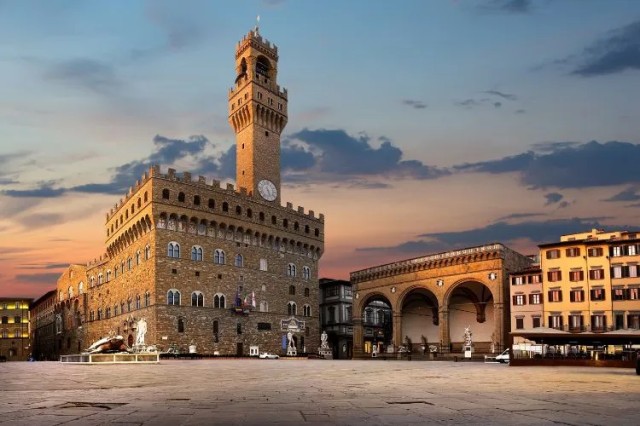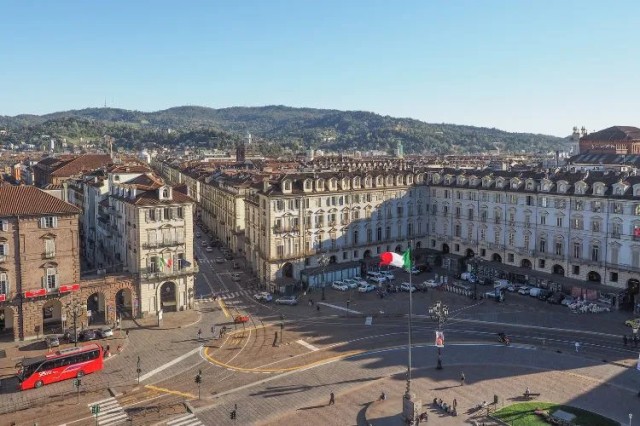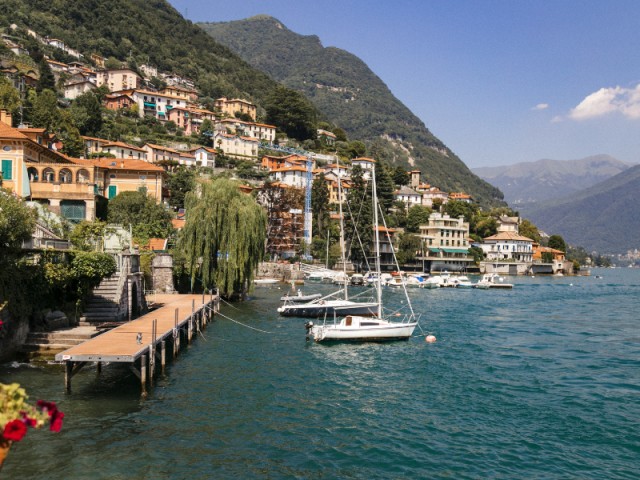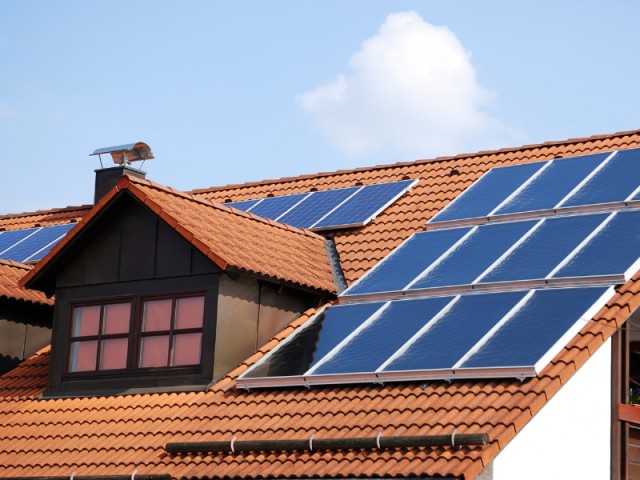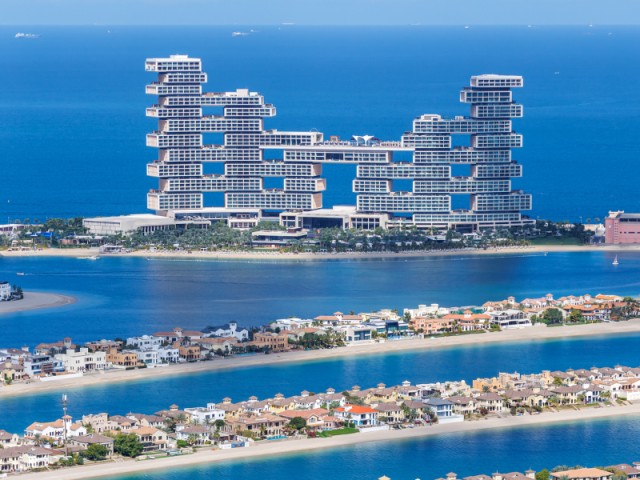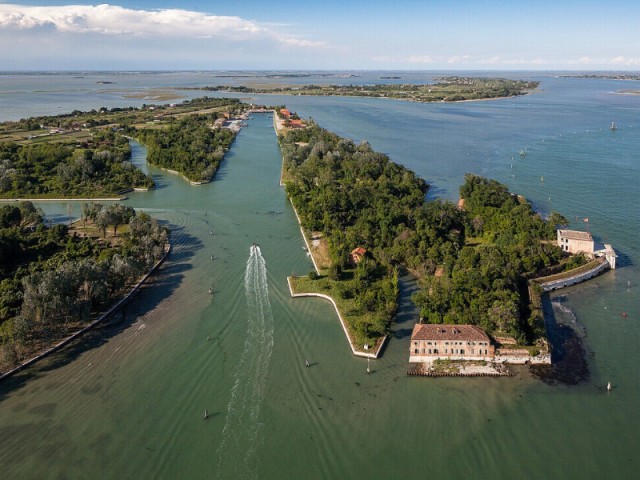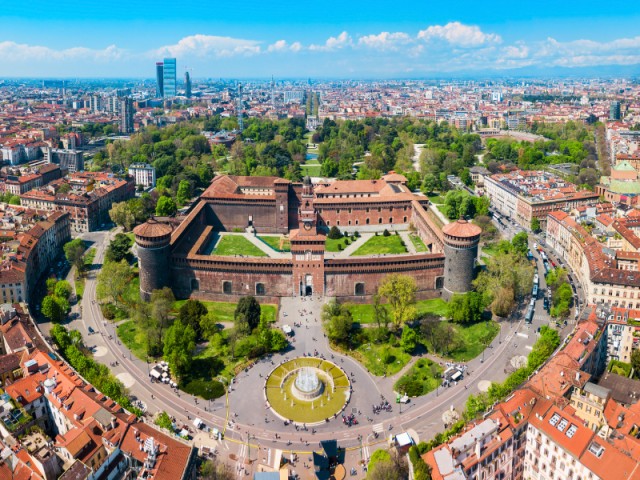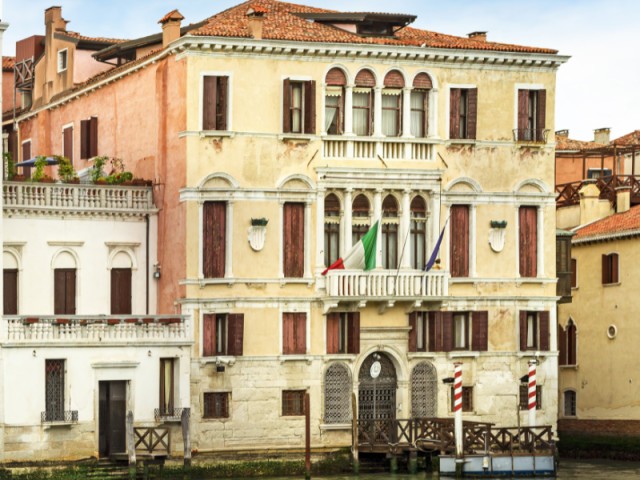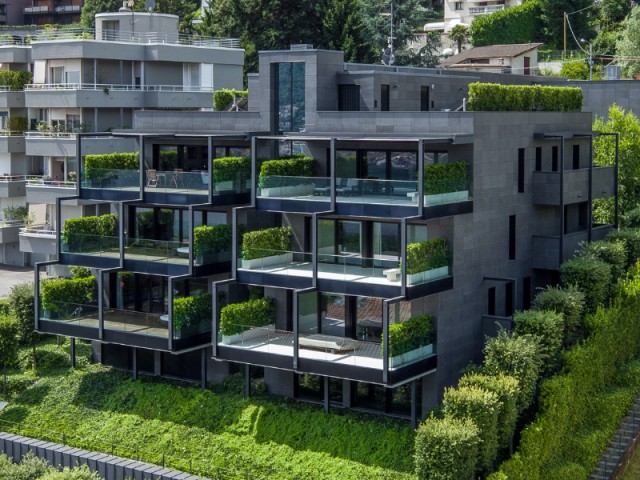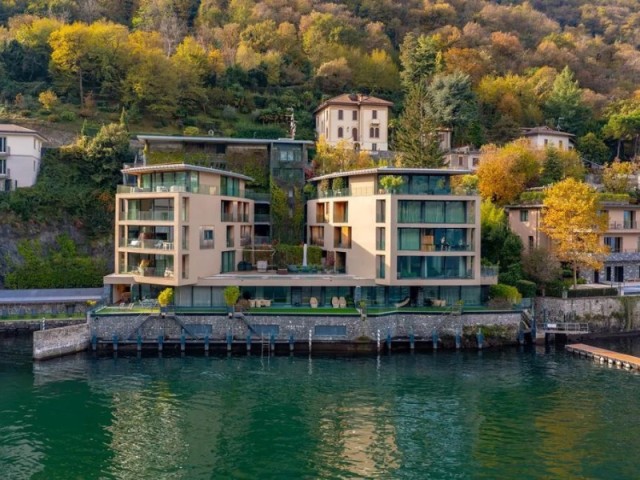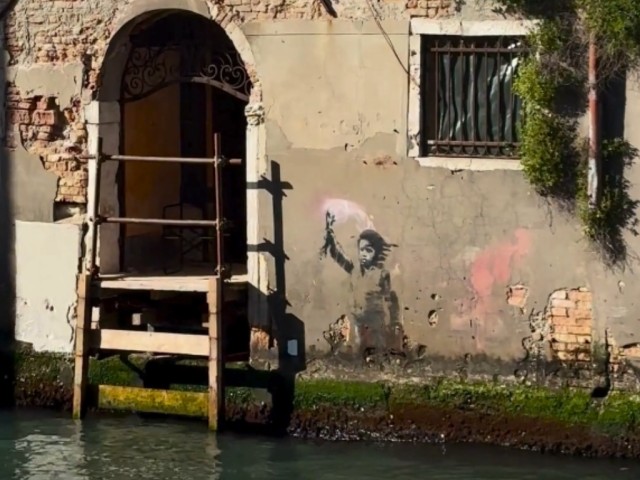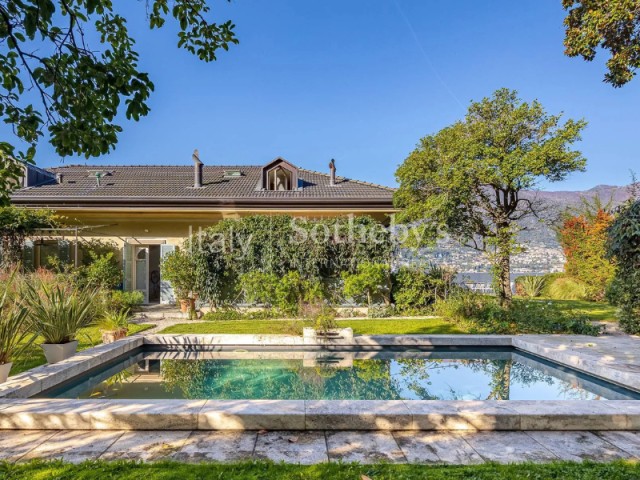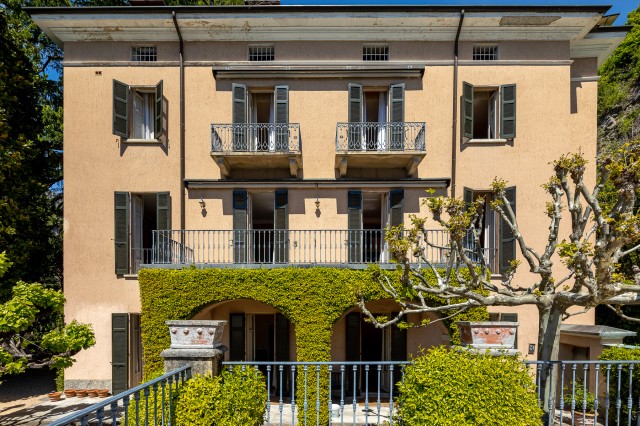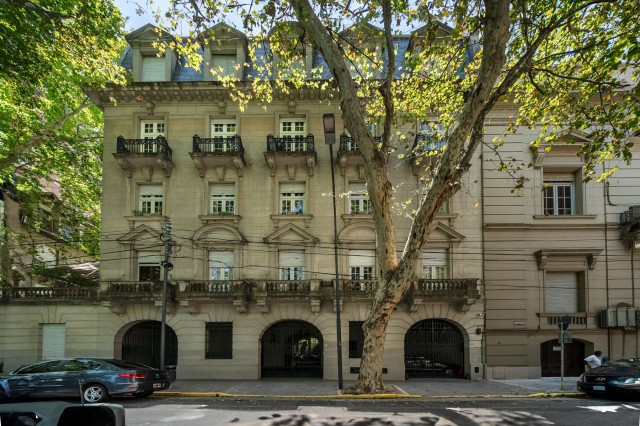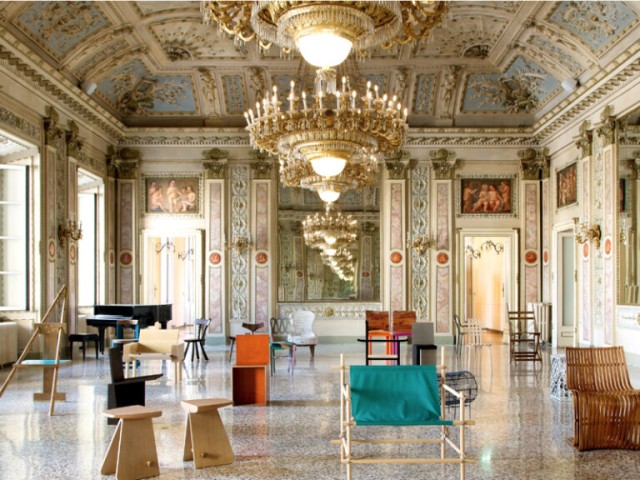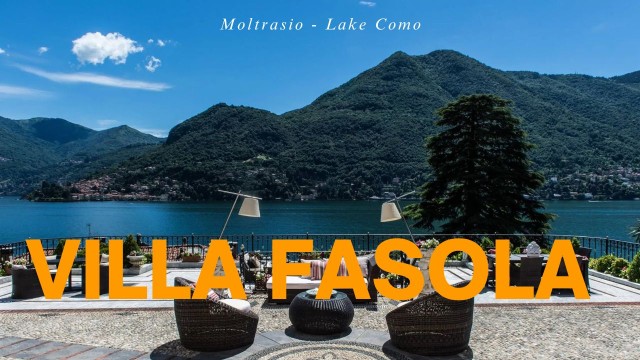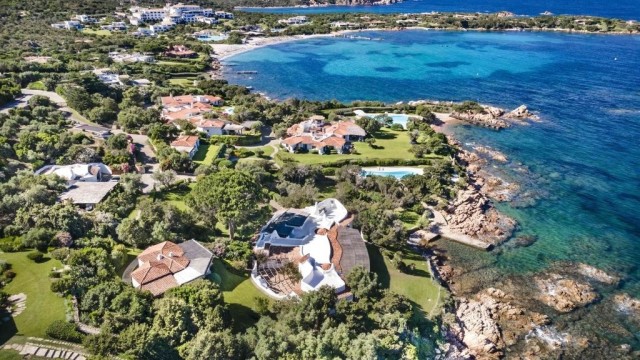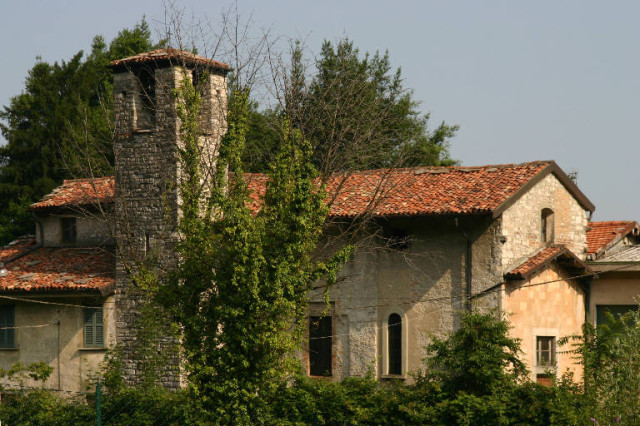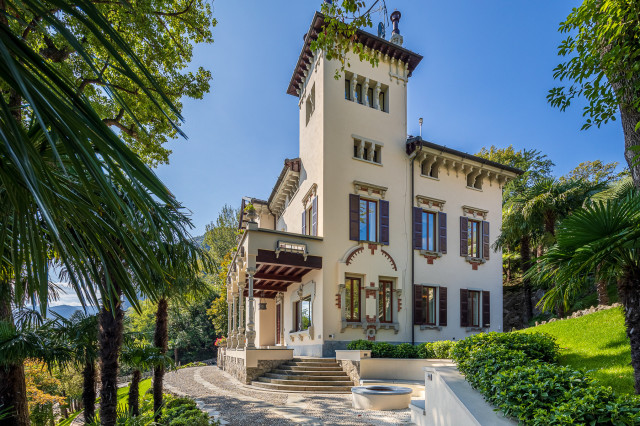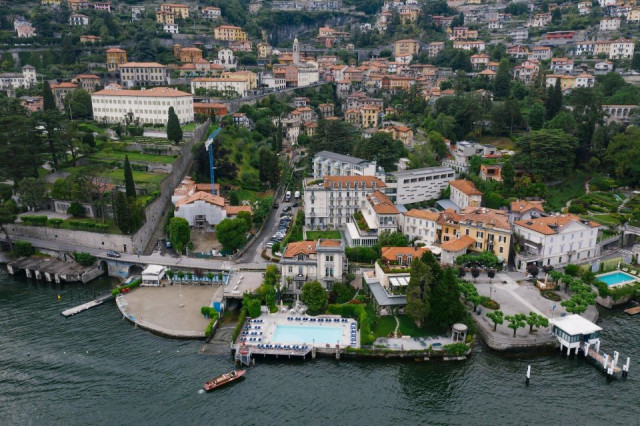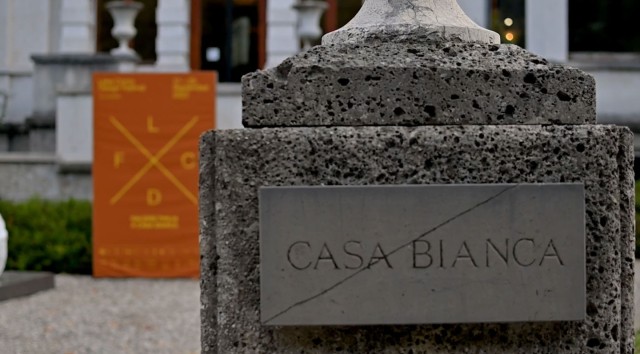
The first quarter of 2025 is writing a new chapter in European real estate — here’s why that matters.
At first glance, 2025 might seem like a year marked by cautious optimism — interest rates remain high, financing costs haven't softened significantly, and geopolitical uncertainties linger. But numbers often tell a different story.
In Q1 2025 alone, real estate investment volumes across Europe exceeded €50 billion — a +28% increase compared to the same period last year. Quietly, steadily, the market is showing signs of a broader recovery, with analysts projecting an annual volume of over €216 billion by the end of the year.
The takeaway? A new real estate cycle may be forming — and it's not just noise.
A Widespread European Recovery — With Selective Strength
According to the latest data, key markets like France, Ireland, and Portugal are leading the charge. These countries are expected to post significant year-on-year growth, driven by increasing investor confidence and a recalibrated interest in quality assets.
But this isn't a “rising tide lifts all boats” moment. Investors are being more selective, and the real opportunities are surfacing in areas with solid fundamentals — urban logistics, future-proofed residential, and properties where value can still be created through repositioning.
Italy: Stability First, Momentum Later
The Italian market has mirrored the continental trend, with Q1 showing a clear uptick in volumes. While the first half of the year is expected to remain relatively stable, a more dynamic second half is anticipated. The reason? A more expansive monetary stance, coupled with a slight easing in yields, could draw core and institutional capital back into the picture.
Retail, logistics, and hospitality are the segments driving this rebound, with domestic and international players alike eyeing selective acquisitions. The long view? If macro conditions hold, Italy may experience one of its strongest annual performances since the 2010s.
What Kind of Capital Is Moving
In this phase, value-add investors are making the first moves, drawn to opportunities that allow creative repositioning or adaptive reuse. But the signs are clear: core capital is also starting to re-enter, driven by adjusted pricing and improving sentiment.
Residential — especially student housing and the broader “living” segment — remains one of the most resilient sectors. Particularly in Italy, curated, out-of-town retail propositions are also gaining traction, offering a solid risk-return profile for investors who know where to look.
?
Conclusion
While the headlines still focus on macro volatility, beneath the surface a clear pattern is emerging: European real estate is stabilizing, and selectively expanding.
Italy, often a bellwether for sentiment-driven cycles, is showing promising signs — first through stability, then likely through renewed dynamism in the second half of 2025.
We're entering a phase that will reward precision, patience, and local insight. In other words: it's not about chasing the market — it's about understanding its tempo.
Data referenced in this article is based on recent research shared via monitorimmobiliare.it and market analysis conducted by international advisory firms in Q1 2025.


